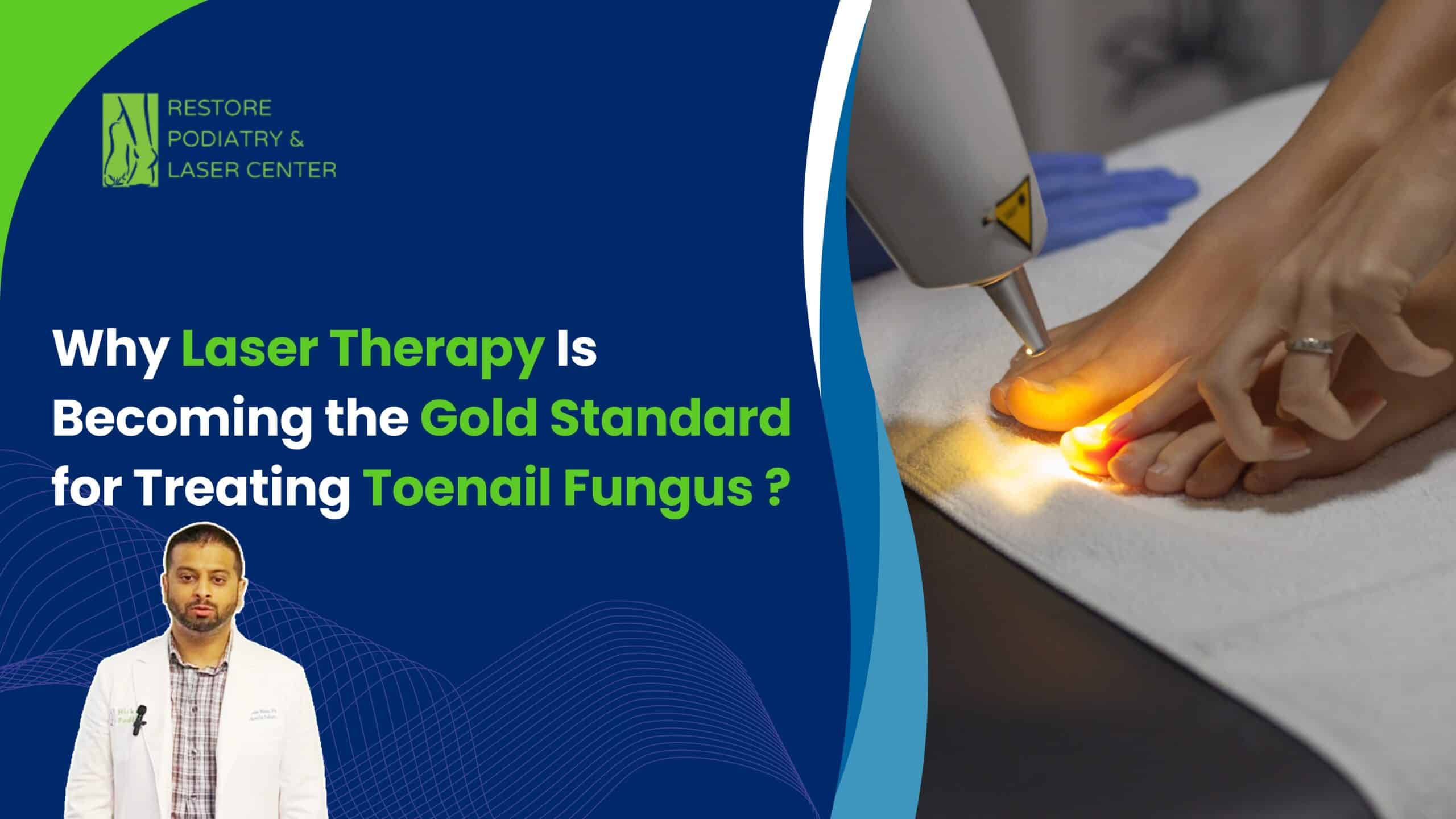One of the most exciting developments in CIPN treatment is the use of low-level laser therapy (LLLT), also known as photobiomodulation. This non-invasive treatment uses specific wavelengths of light to stimulate healing and reduce pain at the cellular level.
How does it work? The light energy from the laser is absorbed by mitochondria (the powerhouses of cells), triggering a cascade of beneficial effects:
- Increased ATP production, providing more energy for cellular repair
- Reduced inflammation and oxidative stress
- Improved blood flow to damaged tissues
- Stimulation of growth factors that support nerve regeneration
These mechanisms directly address many of the underlying causes of CIPN, offering the potential not just to mask symptoms but to actually promote healing of damaged nerves.
The effectiveness of laser therapy for neuropathy has been demonstrated in multiple clinical studies. A systematic review analyzed 16 randomized controlled trials and concluded that LLLT showed “encouraging results” for treating various types of peripheral neuropathy, including CIPN.
Another study specifically looking at CIPN found that patients who received laser therapy experienced significant improvements in pain, numbness, and tingling compared to a control group. Importantly, these benefits were achieved without any significant side effects.
The treatment process at Restore Podiatry involves a series of short, painless laser sessions targeted at affected areas of the feet. Patients typically begin to notice improvements within a few treatments, with continued sessions often leading to long-lasting relief.




